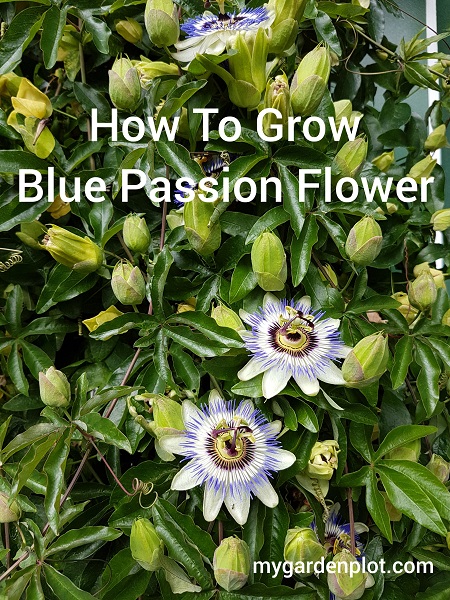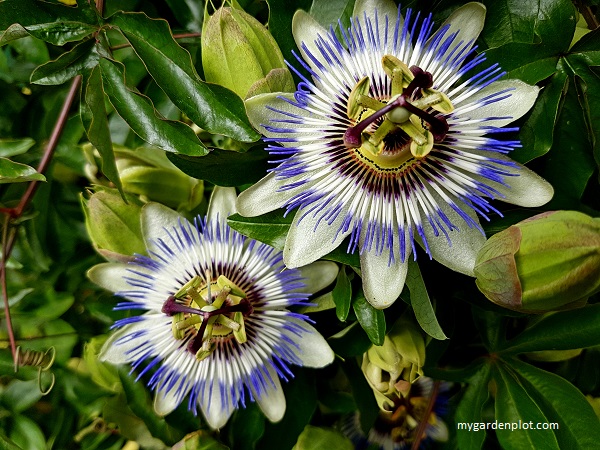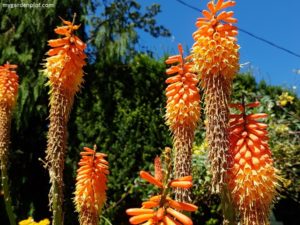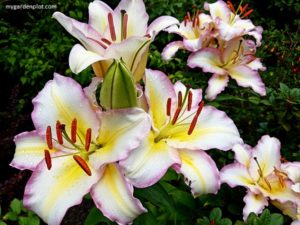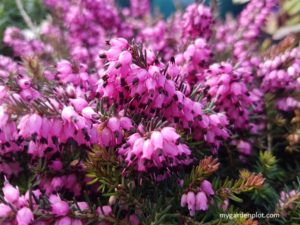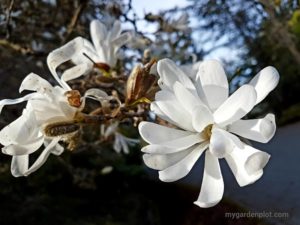Passiflora Caerulea: Cultivating Blue Passion Flower Vine In Your Garden
There are hundreds of species of the genus Passiflora, commonly known as passion flower (or passionflower). These are native to the subtropical regions of South American. Most of these passion flower species and varieties can only be grown in heated greenhouses or conservatories in colder regions. However, there is one exception. The Passiflora caerulea, also known as the Blue Passion Flower or Blue Passion Vine. The care and pruning tips below will show you how easy it is to grow this exotic vine in your summer garden.
The blue passion flower vine is a semi-evergreen climbing plant may seem out of place in the Pacific Northwest, but the P. caerulea is relatively hardy and can thrive in zones 7 – 9. It is an extraordinary climber with a rather distinctive flower that brings a tropical vibe to a garden. Hands down, these intricately formed flowers draw attention. They are very peculiar and fascinating with what I can only describe as an extraterrestrial shaped flower. It is a vigorous grower and given the right setting, it is low maintenance. It blooms reliably from July to September.
You may be wondering if the blue passion flower is related to the delicious tropical passion fruit. It is. The passion fruit comes from the Passiflora edulis (granadilla) vine. Since P. edulis can only tolerate a minimum temperature of 13C (55F), they are not suitable for outside gardens in our area in the Pacific Northwest.
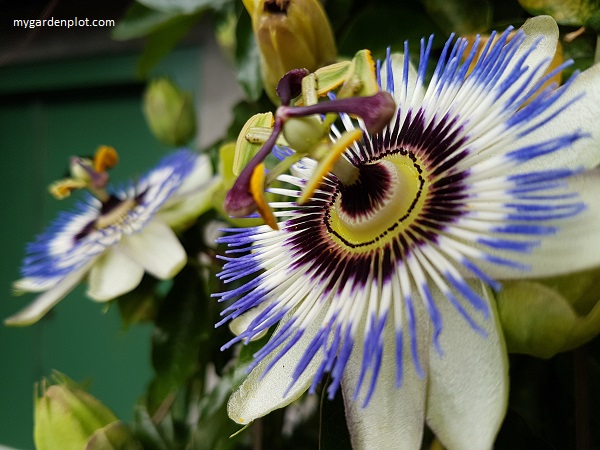
Where To Plant And How To Grow Blue Passion Flower
The blue passion flower thrives in a sunny and sheltered site. Avoid east-facing locations that may be susceptible to chilly winter winds. A sunny south or west-facing spot is a better location. In colder regions, it would thrive being planted next to the house for additional shelter from cold frosty winters.
It can tolerate reasonably poor soil conditions but prefers well-drained, fertile soil. No additional fertilizer is needed. Extra nitrogen should be avoided to prevent excessive vine growth at the expense of blossoms.
The blue passion flower grows equally well in a container with a climbing structure.
Structural Climbing Support For Blue Passion Flower
Pruning Tips For The Blue Passion Flower Vine
The blue passion flower is stimulated with a hard prune, whether it appears as an evergreen or deciduous in your area. Cut down to the ground in early spring. It grows fairly quickly, and will send out new shoots from the roots.
Unchecked, the blue passion flower can grow rampant. A hard prune in spring not only controls growth but provides fresh regrowth to cover your trellis in time for summer flowers. This vine is truly ideal for fast coverage of a bare vertical surface.
RELATED TOPIC: Buyer’s Guide On How To Choose Hand Pruners (Secateurs)
Tools Needed For Pruning Passiflora Caerulea (Blue Passion Flower)
Below is the list of essential tools needed to prune your blue passion flower vine:
- Pruners – Bypass pruners are the most popular choice for gardeners and a must in a pruner’s tool kit. Bypass means the blades pass each other in a scissorlike action providing a clean cut without splintering the stem’s edge. The anvil-type pruner, where the upper blade cuts against a lower flat edge, must always be kept sharp. Otherwise, it will crush the stem while trying to cut it.
- Long-handled Loppers – These are similar to pruners but with long handles. These are heavy-duty and great for harder to reach stems and branches that may also be too thick for pruners. Loppers with extendable handles offer that extra reach.
- Garden Gloves – Gardening gloves help keep hands clean and provide protection. Fabric gloves with vinyl offer a good grip on the fingers and palm. Good for warmer weather. For more challenging jobs, a pair of suede or leather gloves go a long way. Not too comfortable in warmer weather, though.
